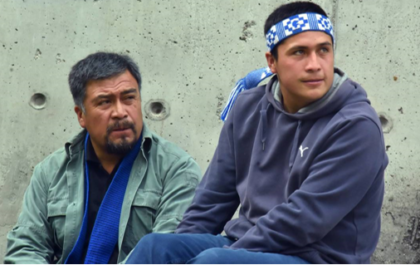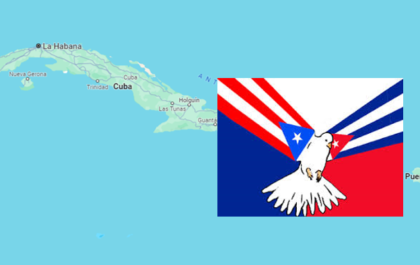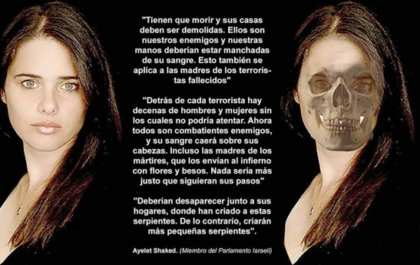Israel's war against Hezbollah: the Invisible Enemy
por Matthias Gebauer (in Avivim, Israel)
18 años atrás 6 min lectura
On the map the war looks so straight forward. An Israeli commander has marked Hezbollah strongholds in south Lebanon red for the purposes of our briefing — lately practically all of the towns north of the Israeli border are colored red. Marked with blue crosses are the strategically important positions, mostly crossroads, now controlled by Israel. "Now we have to just go in and deal with the Hezbollah boys," the commander, who asked not to be identified, said. "There isn’t much more to say."
Military analysts and politicians talked confidently at the beginning of the of the mission of targeted, surgical assaults against Hezbollah and an estimated conflict duration of about a week. Now Israel is increasingly preparing for a long war. Even the commander in Avivim just shrugs his shoulders when he is asked when the war will end. "We are fighting against an invisible enemy. Against fathers, who suddenly take up arms, against small hidden positions all over sudden Lebanon, against weapons concealed in bunkers," he says: "That can take a while."
But all this technology has its limits. Despite days of bombardment from the air, Hezbollah appears to have only been lightly weakened, and continue launching around 80 missiles at Israel every day. For days the military has been indicating that only a ground offensive can achieve its objective. "We have to go into the villages," says the commander. "But it is obvious that we will be attacked there." Even more obvious is the fact that Hezbollah’s fighters will have an advantage because of their local knowledge.
http://service.spiegel.de/cache/international/0,1518,428711,00.html
Artículos Relacionados
AMLO: ya empezamos a cambiar a México con nuestra lucha
por Andres Manuel Lopez Obrador (México)
18 años atrás 2 min lectura
¡Patricia Troncoso retoma huelga de hambre!
por Eduardo Andrade Bone (AIP)
16 años atrás 2 min lectura
Lonkos solicitan a la Corte Suprema que investigue violencia policial en País Mapuche
por Raúl Martínez (Santiago, Chile)
15 años atrás 4 min lectura
“Es el Fidel de siempre”
por Arleen Rodriguez y Rosa Míriam Elizalde (Cuba)
11 años atrás 15 min lectura
Documental sobre la crisis en BOLIVIA con el plebiscito de Santa Cruz de la Sierra
por Blog do Mello
16 años atrás 1 min lectura
Ernesto Llaitul es absuelto por el Tribunal Oral en lo Penal de Los Ángeles
por Radio Universidad de Chile
3 días atrás
El Tribunal de Juicio Oral en lo Penal de Los Ángeles absolvió este martes a Ernesto Llaitul, hijo del líder de la Coordinadora Arauco-Malleco, Héctor Llaitul, por un ataque incendiario ocurrido en septiembre de 2021 la Región del Bío Bío.
Puerto Rico y Cuba – Dos alas de un mismo pájaro
por Comité de Apoyo a Julian Assange (Estocolmo, Suecia)
3 días atrás
23 de julio de 2024 El Comité de Apoyo a Julian Assange en Estocolmo, Suecia, rindió un emotivo homenaje a este héroe del periodismo libre (sin mordazas) en el…
Ernesto Llaitul es absuelto por el Tribunal Oral en lo Penal de Los Ángeles
por Radio Universidad de Chile
3 días atrás
El Tribunal de Juicio Oral en lo Penal de Los Ángeles absolvió este martes a Ernesto Llaitul, hijo del líder de la Coordinadora Arauco-Malleco, Héctor Llaitul, por un ataque incendiario ocurrido en septiembre de 2021 la Región del Bío Bío.
Un Informe vergonzoso e inaceptable: el de Human Rights Watch
por Pablo Jofré Leal (Chile)
4 días atrás
La teoría del empate propugnada por la organización internacional Human Rights Watch (HRW) al tratar de igualar el proceso de genocidio que lleva a cabo el régimen nacionalsionista israelí, respecto a las legítimas acciones de autodefensa y lucha por la autodeterminación de Palestina, son inaceptables.



